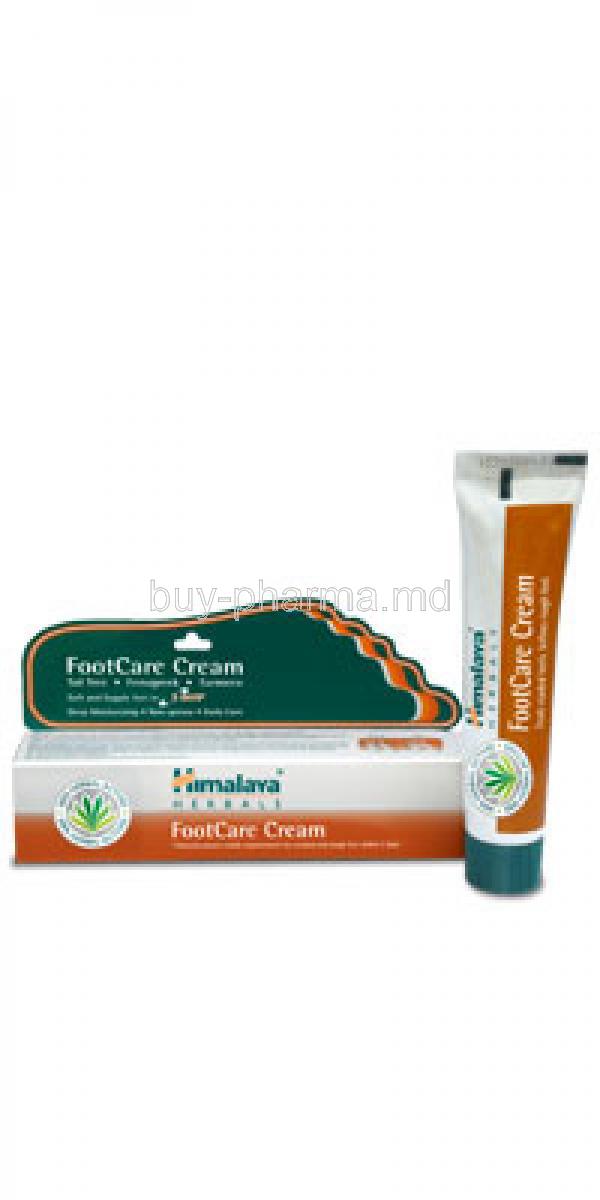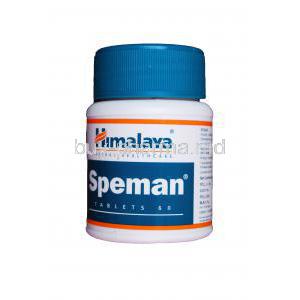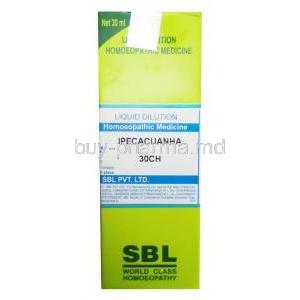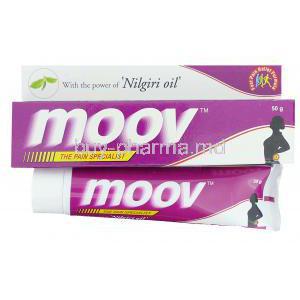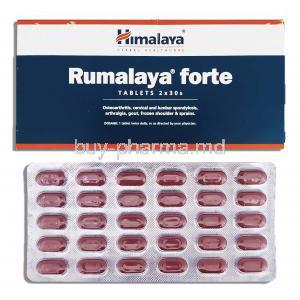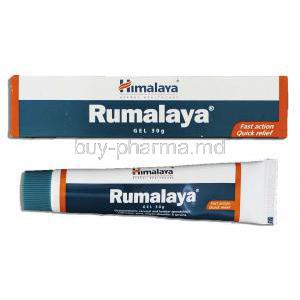Himalaya Foot Care Cream
- Introduction to Himalaya Foot Care Cream
- Composition and Active Herbal Ingredients
- Uses and Therapeutic Benefits of Himalaya Foot Care Cream
- Off-Label Uses and Lesser-Known Applications
- Mechanism of Action: How Himalaya Foot Care Cream Works
- Dosage and Application Guidelines
- Common and Rare Side Effects
- Safety Warnings and Contraindications
- Important Precautions for Safe Use
- Guidelines for Careful Administration
- Use in Elderly Populations
- Use During Pregnancy and Lactation
- Administration in Children and Pediatric Use
- Overdose and Excessive Application Risks
- Drug and Ingredient Interactions
- Storage Instructions and Product Shelf Life
- Handling and Disposal Precautions
Introduction to Himalaya Foot Care Cream
Foot health is a frequently overlooked yet crucial component of overall wellness. Our feet endure substantial stress daily, making them prone to dryness, cracking, and other dermatological concerns. Proper moisturization is essential not just for comfort but also for preventing infections and maintaining skin integrity.
Himalaya Foot Care Cream integrates time-honored Ayurvedic principles with modern dermatological science. It features a blend of potent herbal ingredients renowned for their healing, moisturizing, and protective properties. This formulation sets it apart in a market crowded with synthetic emollients and non-therapeutic creams.
The product is ideally suited for individuals suffering from cracked heels, rough skin, or those seeking daily foot care to maintain supple and healthy feet. It is also beneficial for those with underlying conditions, such as diabetes, that predispose them to foot complications.
Composition and Active Herbal Ingredients
- Sal Tree (Shorea robusta) Extract: Known for its antimicrobial and wound-healing properties. It helps soothe inflamed or fissured skin.
- Honey: Acts as a natural humectant, attracting moisture to the skin while providing antibacterial protection.
- Turmeric (Curcuma longa): A powerful anti-inflammatory agent that also promotes skin regeneration and reduces microbial load.
- Fenugreek (Trigonella foenum-graecum): Rich in mucilage and emollients that soften and hydrate dry skin.
These ingredients are embedded in a cream base composed of natural excipients that facilitate deep dermal penetration, enhance shelf life, and ensure a non-greasy feel.



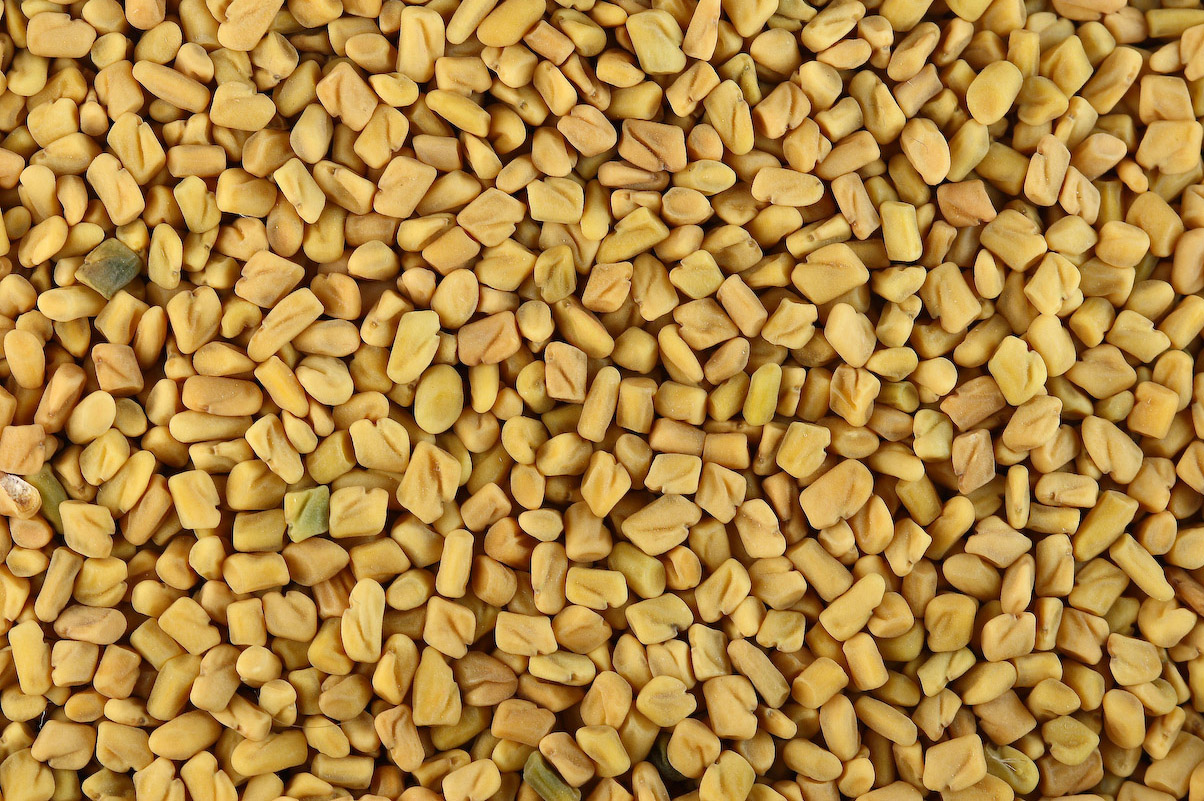
Uses and Therapeutic Benefits of Himalaya Foot Care Cream
- Effective in healing cracked heels and preventing fissures.
- Alleviates rough, dry, flaky, or peeling skin on the feet.
- Stimulates cellular regeneration and maintains moisture balance.
- Offers supportive therapy for individuals with diabetes-prone feet by minimizing the risk of infections.
- Provides antimicrobial and anti-inflammatory action to prevent secondary infections in vulnerable skin.
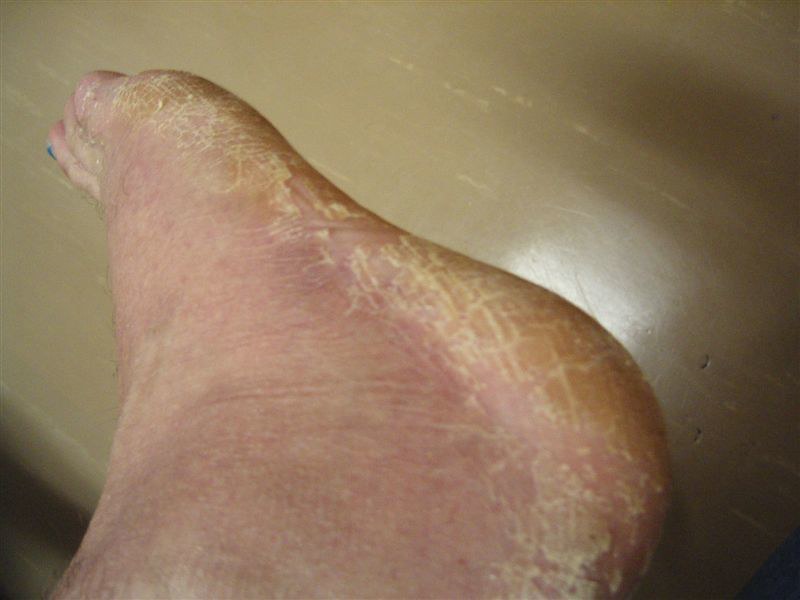
Off-Label Uses and Lesser-Known Applications
Though primarily formulated for feet, Himalaya Foot Care Cream has demonstrated versatility in treating other skin areas prone to dryness and irritation:
- Soothes and hydrates dry elbows, knees, and hands.
- Assists in recovery from mild abrasions, scratches, or superficial burns.
- Used cosmetically to maintain a soft and smooth skin texture, especially in harsh climates or after exfoliation.
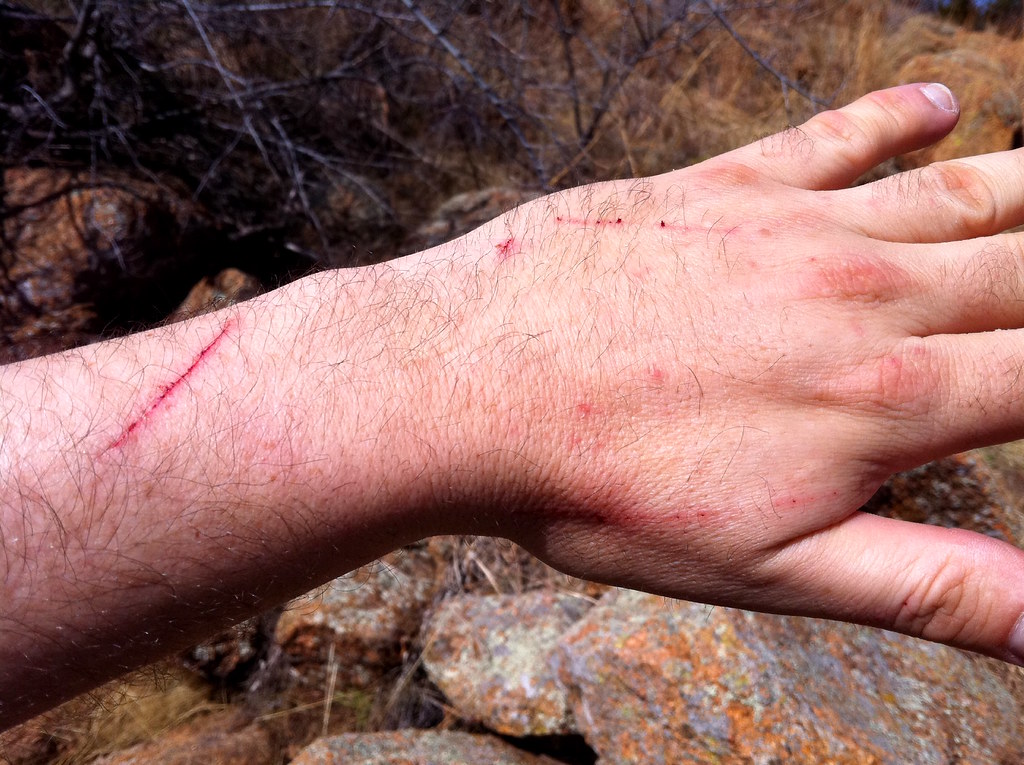
Mechanism of Action: How Himalaya Foot Care Cream Works
Its action is rooted in restoring the skin's natural barrier:
- Reinforces the stratum corneum by replenishing lost lipids and trapping moisture.
- Turmeric and Sal Tree exert antibacterial effects, lowering the risk of infection in micro-lesions.
- Promotes wound healing through enhanced blood flow and epithelial cell turnover.
- Accelerates epidermal repair, thereby minimizing scarring and enhancing skin elasticity.
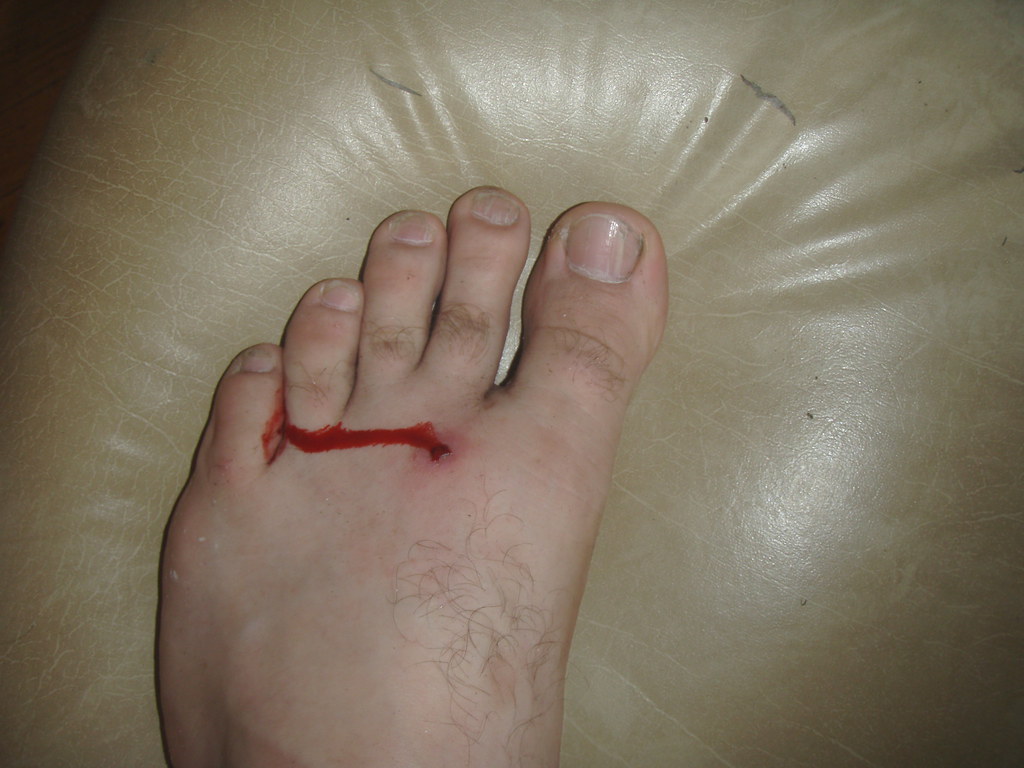
Dosage and Application Guidelines
- Frequency: Apply twice daily, once in the morning and again at bedtime.
- Application Method: Clean the affected area with lukewarm water, pat dry, and massage the cream gently into the skin until fully absorbed.
- Duration: Use consistently for a minimum of 2 weeks to observe noticeable improvement; chronic cases may require longer use.
- Consultation: Seek medical advice if skin lesions worsen, become infected, or do not improve after 4 weeks of use.
Common and Rare Side Effects
Himalaya Foot Care Cream is generally well-tolerated, but mild dermatological reactions can occur:
- Common side effects: Temporary redness, itching, or mild stinging sensation upon initial application.
- Rare effects: Hypersensitivity reactions such as rash, localized swelling, or hives.
Discontinue use if irritation persists or worsens, and consult a healthcare provider immediately in case of severe allergic symptoms.
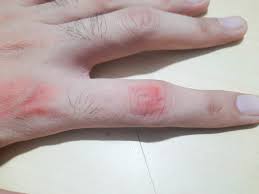
Safety Warnings and Contraindications
- Avoid use on open wounds, ulcers, or active infections.
- Not recommended for individuals with known allergies to any listed ingredients.
- May interact with topical corticosteroids or antifungals; consult a dermatologist before concurrent use.
- Contraindications: Severe eczema, active dermatitis, or hypersensitivity to herbal extracts.
Important Precautions for Safe Use
To ensure optimal safety and efficacy, certain precautions should be observed when using Himalaya Foot Care Cream:
- Conduct a patch test on a small area of skin before first-time use to detect any allergic reaction or hypersensitivity to the herbal components.
- Avoid contact with eyes, nostrils, and other mucous membranes. If accidental contact occurs, rinse thoroughly with cool water.
- Individuals with sensitive or allergy-prone skin should consult a dermatologist prior to long-term application, especially if a history of eczema or contact dermatitis exists.
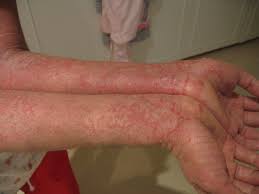
Guidelines for Careful Administration
When administering the cream, especially to vulnerable individuals, it's essential to follow best practices:
- Use minimal pressure when applying the cream on fragile or compromised skin to avoid mechanical trauma.
- Apply a pea-sized amount to each affected area and massage gently in circular motions until absorbed.
- Maintain strict hygiene by washing hands thoroughly before and after application to prevent cross-contamination and infection.
Use in Elderly Populations
Age-related changes in skin physiology necessitate cautious use of topical agents:
- The cream helps addressxerosis and cracking common in elderly individuals by replenishing moisture and enhancing skin elasticity.
- Use with care on thin or easily bruised skin to prevent dermal tearing or adverse effects from friction during application.
- Regularly monitor the skin for adverse reactions such as discoloration, itching, or hypersensitivity in this age group.
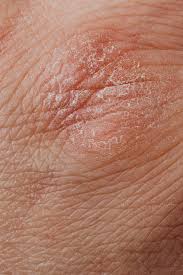
Use During Pregnancy and Lactation
- The herbal formulation contains ingredients generally regarded as safe, though limited data exists on their use during pregnancy.
- Systemic absorption through intact skin is minimal, but avoid applying over large areas or broken skin to mitigate potential exposure.
- During breastfeeding, do not apply the cream on or near the breast area to prevent infant ingestion or exposure.
Administration in Children and Pediatric Use
- Recommended for use in children over the age of 5 years, unless directed otherwise by a healthcare provider.
- Children with a history ofatopic dermatitis or skin allergies should use the cream only under supervision.
- Apply a small quantity once or twice daily; do not exceed the advised frequency without pediatric consultation.
Overdose and Excessive Application Risks
Though topical creams carry minimal systemic risk, overuse can result in localized adverse outcomes:
- Excessive application may cause skin congestion, clogged pores, or a greasy residue that promotes fungal growth.
- Symptoms of misuse include redness, itching, or thickened skin texture.
- In case of accidental ingestion, rinse the mouth thoroughly and seek immediate medical attention if symptoms such as nausea or vomiting occur.
Drug and Ingredient Interactions
- Do not apply simultaneously with topical corticosteroids, antifungals, or antibiotics unless prescribed together, to prevent pharmacodynamic interference.
- If using medicated creams, apply Himalaya Foot Care Cream at a different time of day or with a gap of several hours.
- Avoid layering with synthetic occlusive agents that may block absorption or increase irritation risk.
Storage Instructions and Product Shelf Life
- Store in a cool, dry place away from direct sunlight and high humidity to preserve potency and texture.
- Ensure the cap is tightly closed after each use to prevent oxidation or microbial contamination.
- Check the product's expiry date. Discontinue use if the cream changes color, texture, or emits an unusual odor.
Handling and Disposal Precautions
- Always use clean, dry hands or a sterile applicator to handle the product and minimize the risk of contamination.
- Do not share the tube with others, especially in cases of dermatological conditions, to prevent cross-infection.
- Dispose of empty or expired tubes responsibly. Follow local regulations for pharmaceutical waste or return to a pharmacy disposal program.
Himalaya Foot Care Cream FAQ
- What is the use of Himalaya foot care cream?
- How do you use foot care cream?
- What are the benefits of foot cream?
- Should you use foot cream everyday?
- What is Himalaya Foot Care Cream used for?
- What are the key moisturizing and healing ingredients in Himalaya Foot Care Cream?
- How does Himalaya Foot Care Cream help with cracked heels?
- Is Himalaya Foot Care Cream suitable for daily use?
- Does this cream have a strong scent?
- How should Himalaya Foot Care Cream be applied?
- Can Himalaya Foot Care Cream prevent foot infections?
- Is this cream suitable for all skin types?
What is the use of Himalaya foot care cream?
The Himalaya Wellness Footcare Cream aims to offer comfort and hydration for heels and rough feet.
How do you use foot care cream?
Apply a small amount of foot cream to the affected area twice daily. Gently rub it until it's fully absorbed.
What are the benefits of foot cream?
Using foot creams and lotions can also aid in alleviating swelling and discomfort.
Should you use foot cream everyday?
Yes
What is Himalaya Foot Care Cream used for?
This cream is specifically designed to hydrate and repair dry, rough skin on the feet, with a focus on the heels and soles.
What are the key moisturizing and healing ingredients in Himalaya Foot Care Cream?
- Sal Tree extract (Shorea), which is recognized for its healing traits;
- Fenugreek (Trigonella foenum graecum) is traditionally utilized for moisturizing and soothing effects.
- Turmeric (Curcuma long) is esteemed for its antiseptic and anti inflammatory advantages;
- Honey is an innate humectant and hydrating agent.
How does Himalaya Foot Care Cream help with cracked heels?
The blend of hydrating elements, including honey and fenugreek, works to smooth rough skin; Sal Tree extract and turmeric contribute to healing cracked skin and ward off infections.
Is Himalaya Foot Care Cream suitable for daily use?
Use it every day and at night before going to bed to help the moisturizing and healing elements do their job effectively.
Does this cream have a strong scent?
The fragrance is usually subtle and earthy because of the elements such as turmeric and Sal Tree extract; it's not too strong or overwhelming in nature.
How should Himalaya Foot Care Cream be applied?
Make sure to clean and dry your feet first before applying the cream to areas that are dry and cracked, such as heels and soles. Gently massage the cream into your skin until it is fully absorbed. For best results, put on cotton socks after applying the cream at night.
Can Himalaya Foot Care Cream prevent foot infections?
Using ingredients such as Sal Tree extract and turmeric can provide protection against skin infections on the feet due to their properties; however, it is important to note that they are not a replacement for targeted antifungal treatments required for conditions, like athlete's foot.
Is this cream suitable for all skin types?
Most people find it works well for skin types and is especially effective for addressing dry and rough feet concerns; however, those with sensitive skin should conduct a patch test before incorporating it into their routine.

